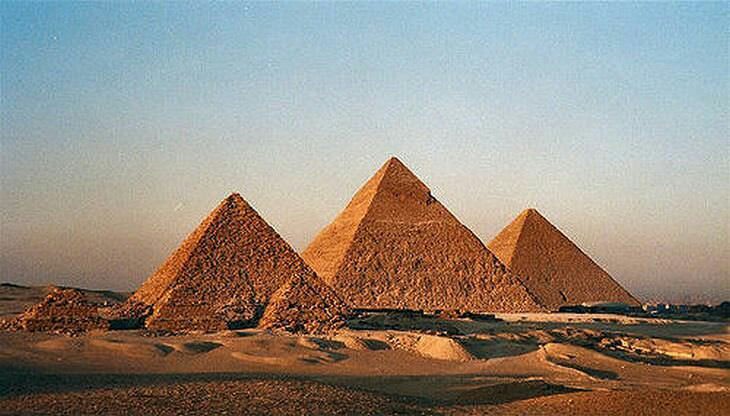
Valley of the Kings
About Valley of the Kings
Description
The Valley of the Kings stands as one of humanity's most remarkable archaeological treasures, where ancient Egyptian pharaohs prepared their passages to the afterlife. Cut deep into the desert limestone, this royal burial ground holds the most extraordinary collection of tombs you'll ever lay eyes on. I remember the first time I walked through these sun-baked valleys - the sheer magnitude of what the ancient Egyptians accomplished here literally stopped me in my tracks.
Located on the west bank of the Nile near Luxor, this sprawling necropolis served as the final resting place for the rulers of Egypt's New Kingdom period (16th-11th century BCE). The valley contains 63 known tombs, ranging from simple burial chambers to mind-blowingly elaborate multi-chambered masterpieces covered floor-to-ceiling in colorful hieroglyphs and religious artwork.
The most famous resident? King Tutankhamun, whose nearly intact tomb stunned the world when it was discovered in 1922. But honestly, every tomb here tells its own fascinating story through intricate wall paintings depicting the pharaoh's journey through the afterlife.
Key Features
• KV62 - King Tutankhamun's tomb, still containing his famous mummy • Tomb of Ramesses VI with its astronomical ceiling decorated with Egyptian deities • Seti I's tomb - the longest and deepest in the valley with exceptionally preserved artwork • The steep-sided valley itself, naturally fortified against tomb raiders • Modern visitor center with detailed exhibits and artifact displays • Tomb of Ramesses III featuring vivid scenes from the Book of the Dead • Electric shuttle service between the parking area and tomb entrances • Working archaeological sites where excavations continue todayBest Time to Visit
Trust me on this one - timing is everything when visiting the Valley of the Kings. The best months are October through April when temperatures are way more bearable. I made the rookie mistake of visiting in July once, and whew, those tombs can get seriously stuffy even with the ventilation systems!
Early morning (right when it opens around 6 AM) or late afternoon are your best bets. The midday sun can be brutal, and that's when tour buses tend to arrive in droves. If you can swing it, try visiting on a weekday rather than weekends when local tourists often visit.
How to Get There
Getting to the Valley of the Kings is actually pretty straightforward. Most visitors base themselves in Luxor and make the journey from there. You've got several options:
The easiest way is booking an organized tour - they'll handle all the logistics and usually include other West Bank sites. But if you're more independent (like me), grab a taxi from Luxor's east bank, take the local ferry across the Nile, then hire a driver on the west bank.
For the adventurous souls, you can rent a bike and pedal there, though I'd only recommend this during cooler months. Some hotels also offer private car services with knowledgeable drivers who'll wait while you explore.
Tips for Visiting
After multiple visits to the Valley, I've picked up some tricks that'll make your experience so much better. Your regular ticket includes entry to three tombs (excluding special ones like King Tut's, which needs a separate ticket). Choose wisely! Some tombs close for restoration, so check what's open when you arrive.
Bring water - lots of it. The valley gets hot, and while there's a small cafe, it's better to come prepared. Photography inside the tombs requires a special permit, and some chambers don't allow cameras at all. Your phone's flashlight can come in handy for seeing details in dimly lit areas.
Wear comfortable shoes with good grip - those ancient stairs can be slippery! And speaking of comfort, the tombs can get pretty warm and stuffy, so dress in light, breathable clothes. I always bring a hat and sunscreen because the sun here means business.
Consider hiring a guide - they'll help you understand the incredible symbolism in the tomb artwork and share fascinating stories you won't find in guidebooks. But if you prefer going solo, grab a good guidebook or download an audio guide beforehand.
Oh, and arrive with plenty of small bills for tips - the tomb guards often point out easily missed details and they appreciate a little gratitude. Last but not least, take your time! These tombs have waited thousands of years for your visit - don't rush through them.
More Details
Find Accommodations Nearby
Recommended Tours & Activities
Visitor Reviews
There are no reviews yet. Be the first one to write one.